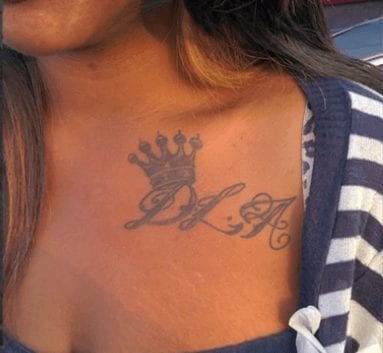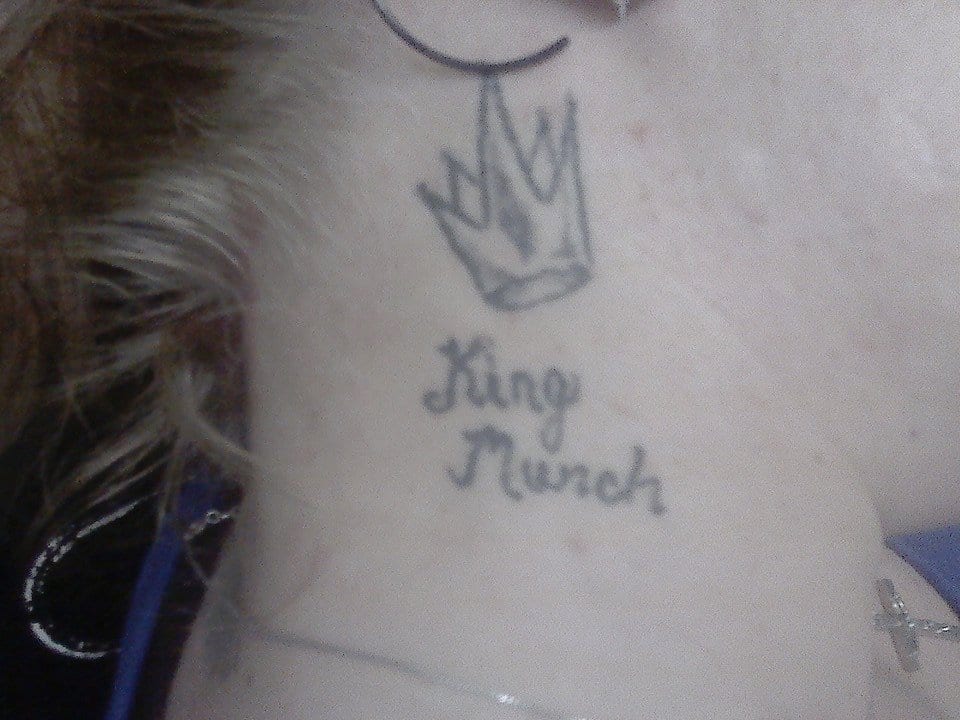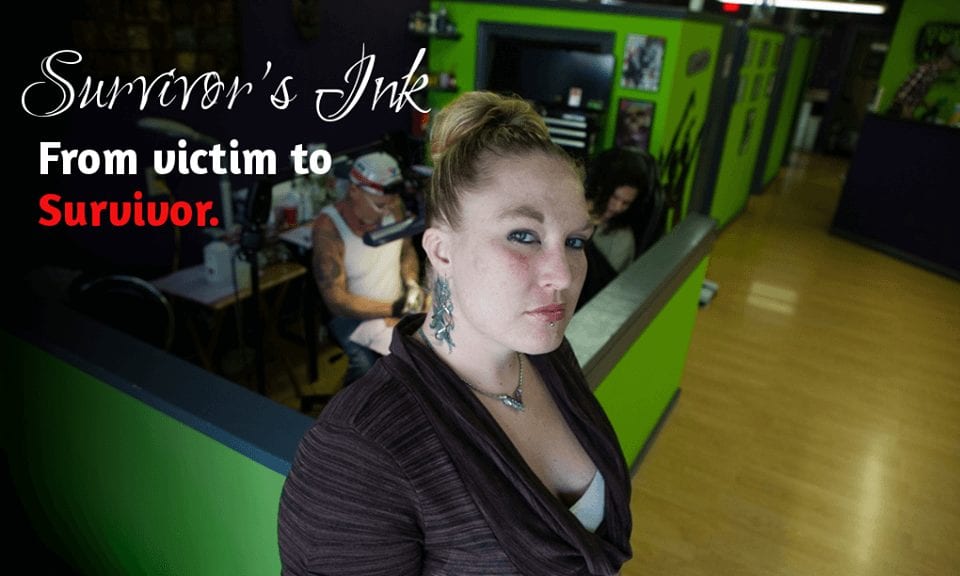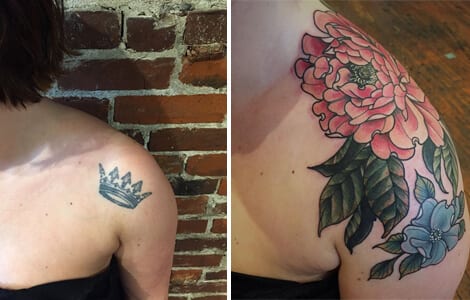Tattoos: people get them for all sorts of reasons, and their popularity spans people of all ages. But the one thing tattoos have in common is they symbolize meaning for the person with the tattoo. This is why many are wondering about the crown tattoo meaning —that symbol that varies in shape, size, and detail, and which usually appears on a woman’s shoulder. It’s often accompanied by a name or initials; so could this crown be a symbol that tells whose queen she is? In other words, the “queen” of her castle as wife and mother? The Bible talks of a royal priesthood for those who believe in Jesus. Could that be the story behind the crown tattoo? After all, some call tattoos the greatest storytellers of our generation. They show the love someone has for another, or serve as a memorial for a lost one. Tattoos can serve as a reminder of the individual’s identity or showcase a creative personality. Whatever the story, it’s usually about the love of someone or something. So what does that crown mean?
The Real Crown Tattoo Meaning:
For thousands of women across the United States, their tattoos do not tell the story of someone or something they love. Take Jennifer Kempton, for example. The victim and survivor of sex trafficking never chose the ink she wears for herself, but rather it was forced onto her skin as a way to mark her as property of a pimp. That crown symbolizes human trafficking branding.
 Survivor’s Ink
Survivor’s Ink
Those crowns aren’t just any tattoo. Most of the women who are trafficked and forced into prostitution at a young age are branded with a tattoo of a crown on the shoulder, which is often accompanied by the name of their pimp. Unfortunately, that’s the real crown tattoo meaning. It’s a common human trafficking tattoo to be aware of.
 Survivor’s Ink
Survivor’s Ink
Jennifer spent more than five years as a sex slave after an abusive childhood led to her being raped at 12 years old. Not long after, she was forced into prostitution by a pimp, where she was sexually and physically abused, became addicted to drugs, and was sold on street corners in her hometown of Columbus, Ohio.
In April of 2013, after enduring the most violent rape of her life, Jennifer decided she was going to end it all by hanging herself.
In what was supposed to be her final moments, the rope broke and she found a reason to live.
“God came to me and spoke to me and he said I have a purpose for you and it’s not to die in the basement of a crack house,” Jennifer said.
She later escaped, and has been on a long road to recovery ever since. In addition to daily withdrawals and the usual hardships that every recovering addict has to endure, Jennifer was constantly reminded of the men who “owned” her because their names were permanently etched on her body in that human trafficking branding.
After saving up enough money, she was able to get a new tattoo that would cover one of her four unwanted tattoos.
“It was so liberating to take his name off of my body and have what I want there.”
It was the pivotal moment that began Survivor’s Ink, and organization that helps sex trafficking victims to gain scholarships to pay for them to cover up their human trafficking tattoos.
 Survivor’s Ink
Survivor’s Ink
When Jennifer was able to cover up her tattoo, she had experienced an incredible sense of freedom having replaced the name of her pimp with a tattoo that would help her heal.
“It started when I got the one on my neck covered up and the next morning when I looked at myself in the mirror and I wasn’t reminded that I worked for gangs and I was a part of that kind of life, to have this beautiful flower opening and blooming, it was just, gave me a whole new breath of life.”
This is what inspired her to help other sex trafficking victims; she wanted to provide other survivors with the same opportunity.
“It very much so is a psychological form of bondage.”
 Survivor’s Ink
Survivor’s Ink
Survivor’s Ink helps women who are recovering from sexual slavery to cover up their visible scars and branding tattoos with one of their choice.
“It ties you to those memories and it ties you to those feelings that you felt when you got that and to be able to be free of enslavement and then to make an active choice of, ”This is what I want on my body, not this man’s name or this gang’s symbol, I want my daughter’s name, I want a beautiful flower, I want a religious scripture, I want a butterfly to show that I have wings, and I can fly.’”
The organization raises money to provide survivors with the resources they need to psychologically move forward, and cover the trauma that is engraved in their skin. It’s also symbolic of a new life—one of freedom, and choice. It allows that old crown tattoo meaning to be erased and new meaning to begin.
For Jennifer, this journey has brought a new level of healing to her own life, as she funds the freedom of other sex trafficking victims branded by human trafficking tattoos and intentional scarring:
“It’s not even necessarily just the debranding process. It’s reaching out to these other women. It’s hearing their stories. It’s sharing my story, so even when I haven’t been able to fight for myself, I can fight for them. So in fighting for them, I am fighting for myself.”
What is simply a tattoo for some is total transformation for these women. With a few pigments and a needle, Survivor’s Ink has infused hope back into the defeated, replaced pain with purpose and exchanged slavery brands for beauty marks.
But most importantly, they’ve painted portraits of freedom on those who were once slaves. Watch this video for more information on how the crown tattoo meaning is being covered with new meaning with the help of Survivors Ink.
